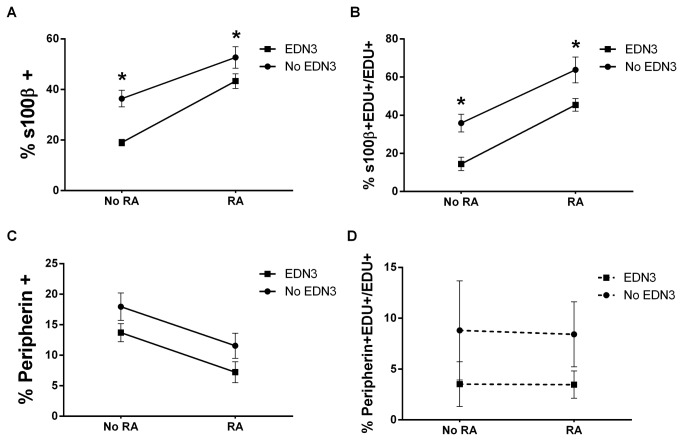Figure 1. RA increases S100β+ and decreases peripherin+ cell prevalence while EDN3 decreases S100β+ cell prevalence.
p75NTR+ cells were grown for 72 hours in the presence of RA, EDN3, RA with EDN3, or neither compound. When EDN3 was absent, the EDN signaling inhibitor BQ-788 was added to inhibit endogenous EDNRB signaling. The proportion (A and C) and proliferating fraction (B and D) of peripherin- and S100β-immunoreactive cells were quantified. Solid lines denote a statistically significant difference (p<0.05) between “No RA” and “RA”, and broken lines indicate a p value >0.05. Asterisk denotes a statistically significant difference (p<0.05) between “No EDN3” and “EDN3”. (A) The proportion of S100β+ cells was enriched by RA and decreased in response to EDN3 (B) RA increased, and EDN3 decreased the fraction of proliferating S100β+ cells. (C) the proportion of peripherin+ cells decreased in response to RA treatment, but EDN3 did not have an effect. (D) Neither RA nor EDN3 had an effect on proliferation of peripherin+ cells.

